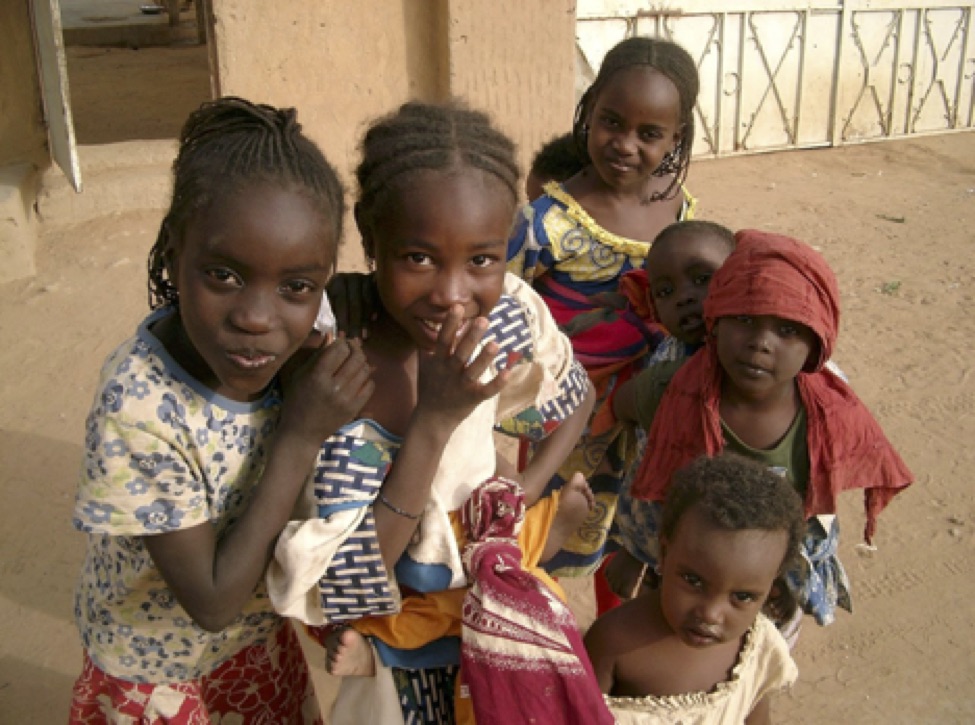
In Mali, a desert nation in West Africa, preschool children frequently become ill and die from pneumonia and diarrhea. Into this despairing situation came Project Muso to solve root causes of health problems. The Project supplies education, community organizing capabilities, and management skills to enable community members to overcome the conditions of poverty that cause disease.
The success of this project has been remarkable. The service population area in Mali covered approximately 11,000 children under the age of five. At the start of the project, the rate of child mortality was 155/1000 births. Just three years later, the rate of child mortality had dropped by almost ten-fold, to 17/1000.
For newborns, the issue of timing is especially critical. Significant improvements in newborn survival can be anticipated when a system ensures that women reach a suitable birth center for delivery. A suitable birth center is one where: skilled care is available at every birth, premature infants can be supported properly, and sick newborns in the community can be identified and provided with care rapidly. Best practice stories, such as Project Muso, offer great hope. We are capable of better protecting the most vulnerable children on the planet. One community health worker put it this way: “Opportunity is like being pregnant with success for the health of mothers and children.”
